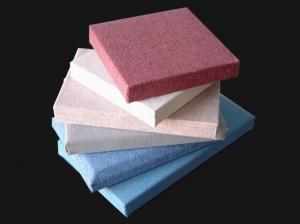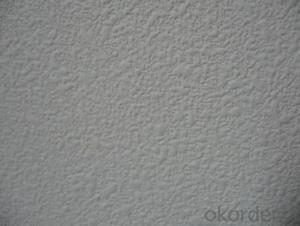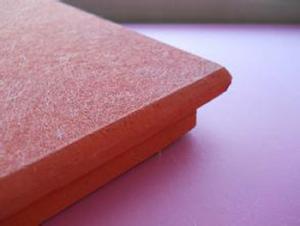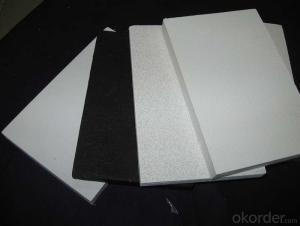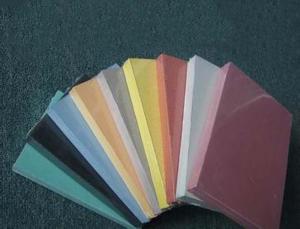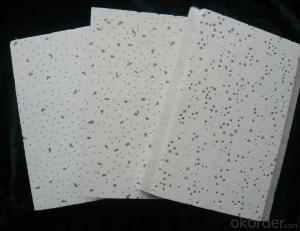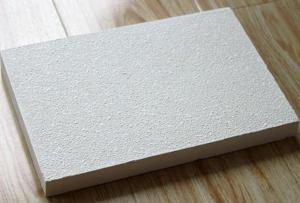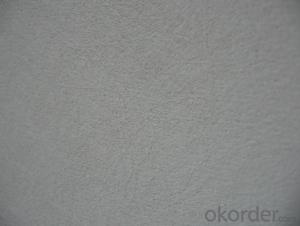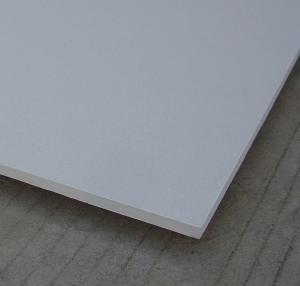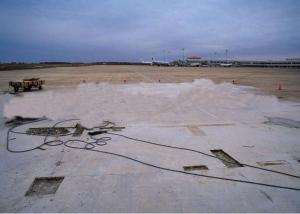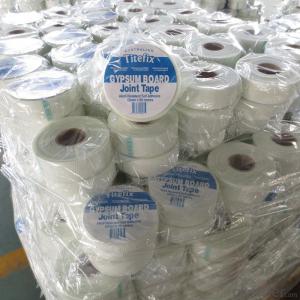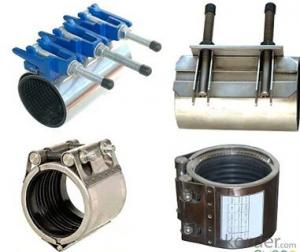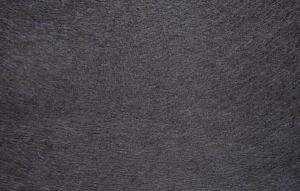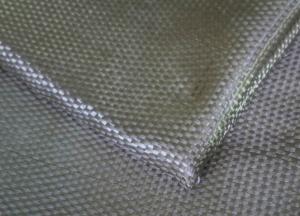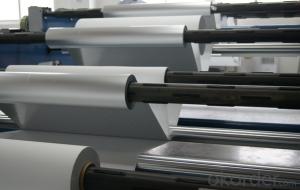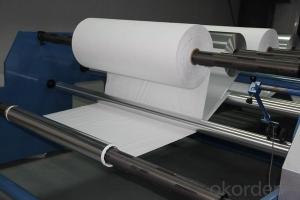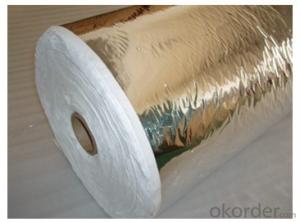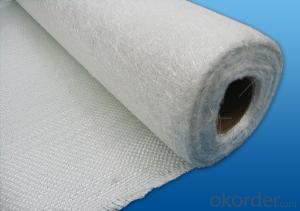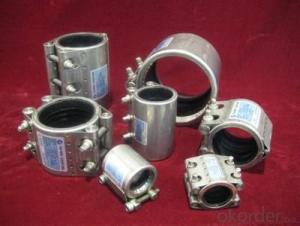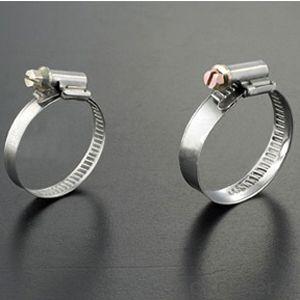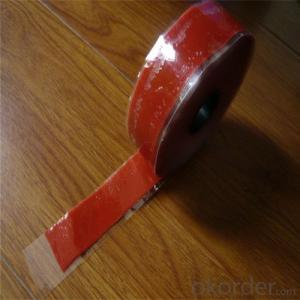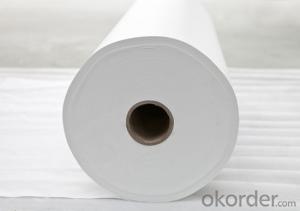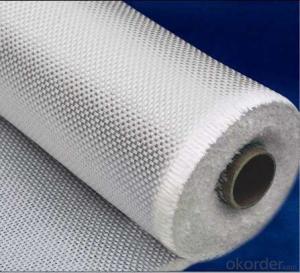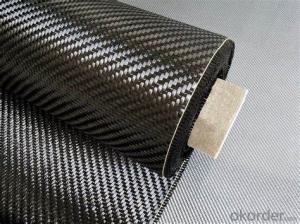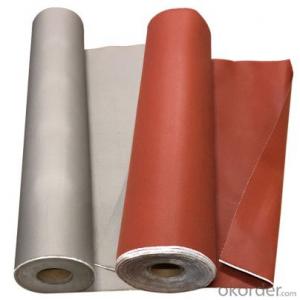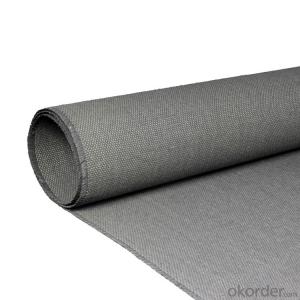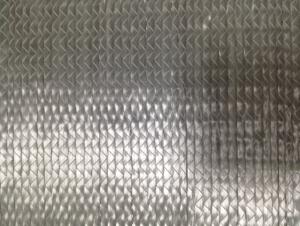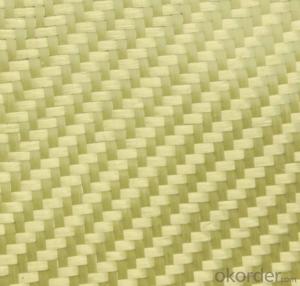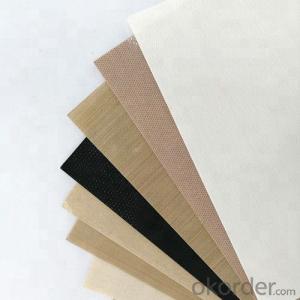Surfboard Fiberglass Repair
Surfboard Fiberglass Repair Related Searches
Led Light Bulbs For Ceiling Fixtures Decorative Ceiling Plate For Light Fixture Ceiling Plate For Hanging Light Fiberglass Sheets For Roofing Track Lights For Kitchen Ceiling Lights For Kitchen Ceiling Lights For Fall Ceiling Spotlight For Ceiling 5 Blade Ceiling Fan With Light 12X12 Ceiling Tiles With HolesHot Searches
Fiberglass Scaffolding For Sale Plastic Roof Tiles For Sale Fiberglass Panels For Sale Fiberglass Greenhouses For Sale Cost Of Concrete Tile Roof Roof Insulation Price Artificial Slate Roof Tiles Price Ceiling Fan Lowest Price Tesla Solar Roof Inverter Types Of Flat Roof Coverings Stone Wall Tiles Cost Company Office Design Ceramic Roof Tiles Cost Metal Roof Tiles Prices Cement Roof Tile Manufacturers Clay Roof Tile Manufacturers Synthetic Roof Tiles Cost Roof Clay Tiles Prices Interlocking Roof Tiles Prices 30 Year Roof Shingles PricesSurfboard Fiberglass Repair Supplier & Manufacturer from China
Okorder.com is a professional Surfboard Fiberglass Repair supplier & manufacturer, offers integrated one-stop services including real-time quoting and online cargo tracking. We are funded by CNBM Group, a Fortune 500 enterprise and the largest Surfboard Fiberglass Repair firm in China.Hot Products
FAQ
- Fiberglass fabric is commonly used in the production of insulation ropes due to its excellent thermal insulation properties and durability. The fabric is first woven or knitted using fine strands of fiberglass, which create a strong and flexible structure. In the manufacturing process, the fiberglass fabric is typically coated with a heat-resistant silicone or acrylic coating to enhance its resistance to high temperatures and improve its ability to withstand wear and tear. This coating also helps to prevent the fabric from unraveling or fraying. The insulation ropes are then made by braiding or twisting the coated fiberglass fabric, creating a tightly woven rope-like structure. This construction technique allows the rope to effectively trap air and create a thermal barrier, preventing the transfer of heat and reducing energy loss. The fiberglass fabric used in insulation ropes is highly resistant to fire, chemicals, and moisture, making it suitable for various industrial applications. It is commonly used in HVAC systems, boilers, ovens, and other high-temperature environments where insulation is crucial. Overall, fiberglass fabric plays a vital role in insulation rope production by providing excellent thermal insulation, durability, and resistance to various environmental factors, making it an ideal material for insulating applications.
- Yes, fiberglass fabric can be used for making gaskets or seals. Its high strength and heat resistance make it a suitable material for applications that require a tight seal, such as in automotive, aerospace, or industrial environments. Additionally, fiberglass fabric can be easily molded or cut to desired shapes, making it a versatile option for gasket and seal manufacturing.
- Fiberglass fabric, indeed, boasts a remarkable resistance to UV degradation when utilized outdoors. Its composition consists of fibers deliberately crafted to endure extended exposure to sunlight and various environmental elements. Moreover, the fabric undergoes treatment with exclusive coatings or finishes that furnish supplementary safeguarding against UV radiation. This exceptional UV resistance renders fiberglass fabric an optimal selection for outdoor purposes that entail sunlight exposure, such as awnings, canopies, and outdoor furniture. Furthermore, fiberglass fabric retains its durability and integrity even after enduring years of UV ray exposure, guaranteeing its enduring performance in outdoor environments.
- The difference between the projection screen and glass bead?
- A bead curtain is covered with a layer of fine glass beads, the gain value is relatively high, generally around 2.5. And low cost, generally used for business and education, but because of its material is not environmental protection, after a period of time is easy to yellow, and not easy to maintain, is slowly withdraw from the market.
- Yes, fiberglass fabric can be used for making soundproofing materials. Its dense and fibrous composition helps absorb sound waves, reducing noise transmission and enhancing sound insulation capabilities.
- Indeed, upholstery or furniture applications can utilize fiberglass fabrics. The durability, strength, and resistance to heat and chemicals are renowned attributes of fiberglass fabrics. These remarkable qualities render them appropriate for a wide range of applications, including upholstery and furniture purposes. As a reinforcement material, fiberglass fabrics can enhance the padding or cushioning in furniture, ensuring additional support and prolonged lifespan. Furthermore, as a covering material, fiberglass fabrics exhibit resistance to stains, mold, and mildew. In conclusion, fiberglass fabrics present a versatile and enduring solution for upholstery and furniture applications.
- Known for its exceptional chemical stability, fiberglass fabric exhibits high resistance to a broad spectrum of chemicals, including acids, alkalis, solvents, and oils. This stability stems from the innate properties of glass fibers, which remain non-reactive and resilient when exposed to diverse chemical substances. Due to its chemical stability, fiberglass fabric proves to be an optimal choice for numerous industries where exposure to corrosive elements is prevalent, such as chemical processing, petrochemical, and pharmaceutical sectors. It retains its structural integrity and endures prolonged contact with aggressive chemicals without undergoing deterioration. Moreover, the longevity and durability of fiberglass fabric owe much to its chemical stability. It remains undeteriorated and unweakened in harsh environments, rendering it suitable for outdoor applications. Additionally, its stability facilitates effortless cleaning and maintenance, as the fabric can be conveniently wiped clean or washed, eliminating concerns about chemical harm. Nevertheless, it should be noted that while fiberglass fabric offers high resistance to most chemicals, it might not be suitable for all chemical types or concentrations. Certain highly concentrated acids or potent oxidizing agents could still cause damage or degradation to the fabric. Hence, consulting the manufacturer or referring to specific chemical compatibility charts is advisable to ensure the fabric's suitability in specific chemical environments.
